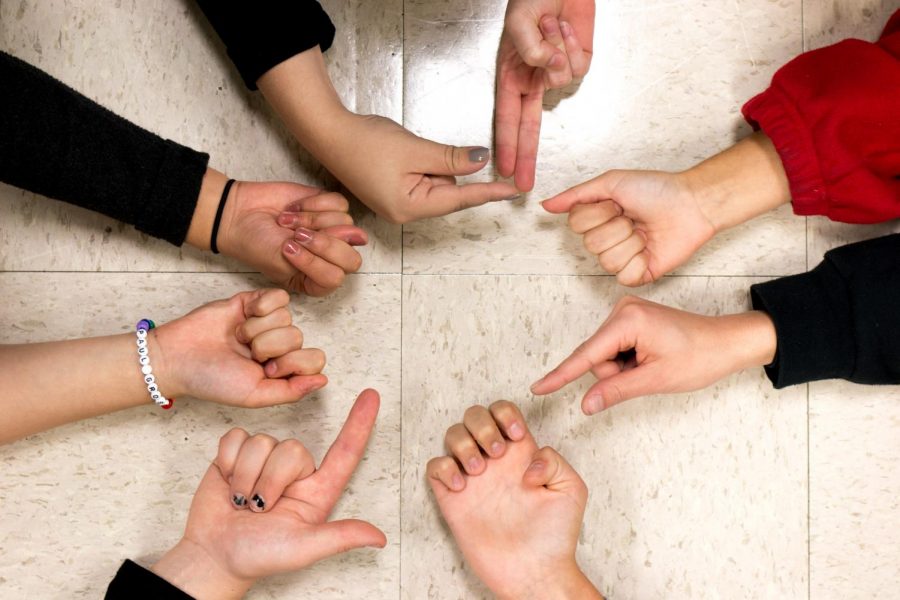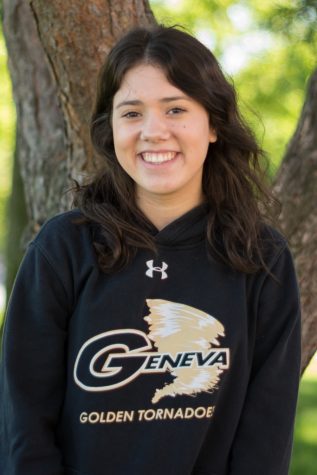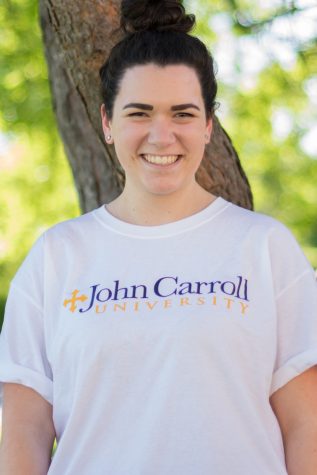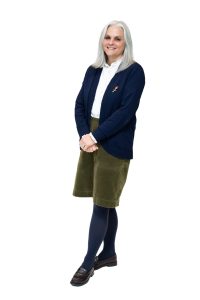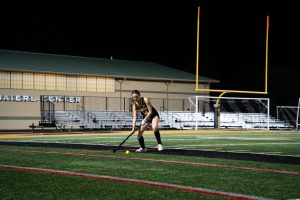The Sound of Silence
ASL Club spreads awareness through a different kind of communication
October 24, 2018
At the beginning of every school year, NASH students are presented with countless clubs and extracurriculars to choose from. This year, the American Sign Language Club has joined the Senior High’s list, after joining NAI last school year. Thousands of middle schools, high schools, and colleges across the country participate in the American Sign Language Club (ASL), and its addition to NASH has already enjoyed much interest from students.
“With over 50 clubs at our school, I was really surprised to see that American Sign Language (ASL) wasn’t one of them,” said Club President Kacey Yip.
Anyone at NASH can join the ASL, whether they sign or not. The club aims to enhance sign language skills for all and serves to educate its members on the deaf community and promote more communication and discussion.
The American Sign Language Club at NASH is led by juniors Yip and Ella Backauskas. Jack Barton, a junior who is hearing impaired, also helps to lead the club with the school sign language interpreter, Ms. McAfee.
“Two years ago when I met Mrs. McAfee, I asked her to sponsor an ASL club,” Yip said. “I created this club because I knew there were others like me who were passionate about learning ASL but just couldn’t find the right opportunities.”
Laura Bautista has found the club to be a way to educate people.
“ASL club deepens people’s understanding of the deaf culture to create a more enlightened environment,” the senior said.
Jennifer Mahon agreed. “ASL club is about spreading awareness about the deaf culture while learning sign language,” the senior said.
One important element of the club is the multitude of different sign languages from around the world. In Britain and Australia, two hands are used to spell the alphabet, while America only uses one. In Japan, mouthing is more commonly used than in America. But across the world, ASL is just like any other language that develops over time.
“Most people think ASL is just English with signs, but ASL has its own syntax, slang, and idioms,” Yip noted.
For Mahon, the club is a welcome addition to NASH culture.
“Having the skills and knowledge to communicate with those who are hearing impaired is really important to me, and I feel extremely grateful that a club like this exists at NASH,” she said.
Yip’s mission is to grow the club this year and continue to promote its importance.
“ASL is its own language, and deafness isn’t something that needs to be cured,” she said. “I also want to spread awareness of deaf culture and discount common misconceptions, such as the mistaken belief that deaf people can’t speak or drive and how lip reading is a complete replacement for hearing words.”


